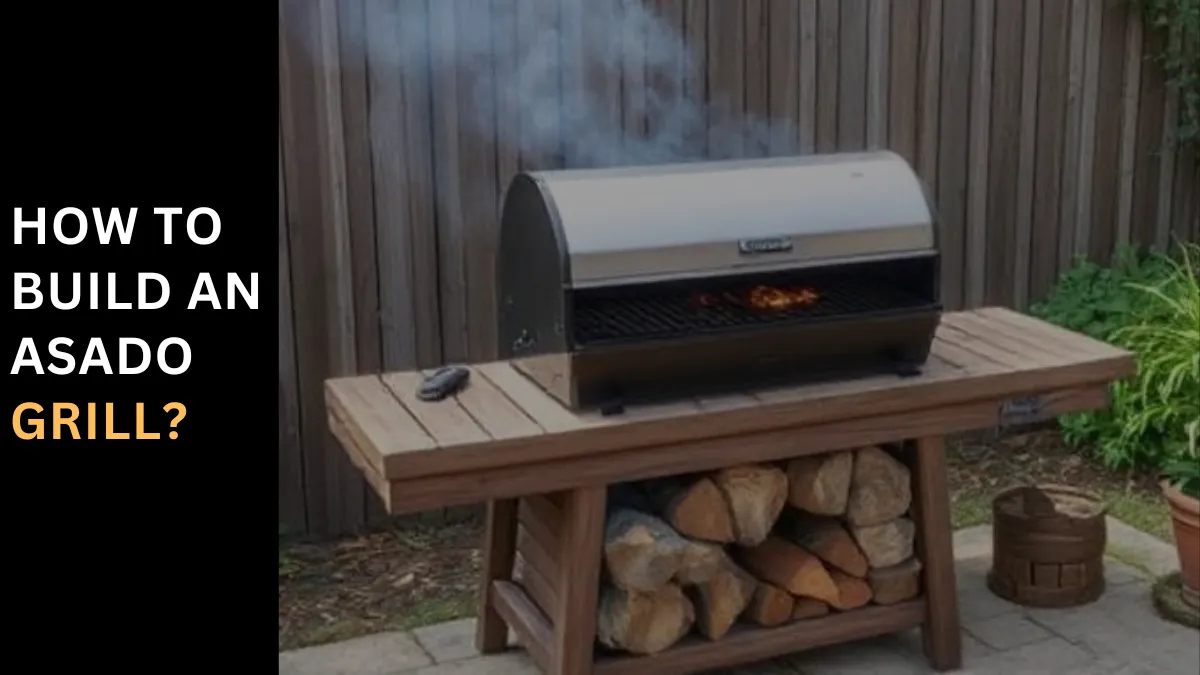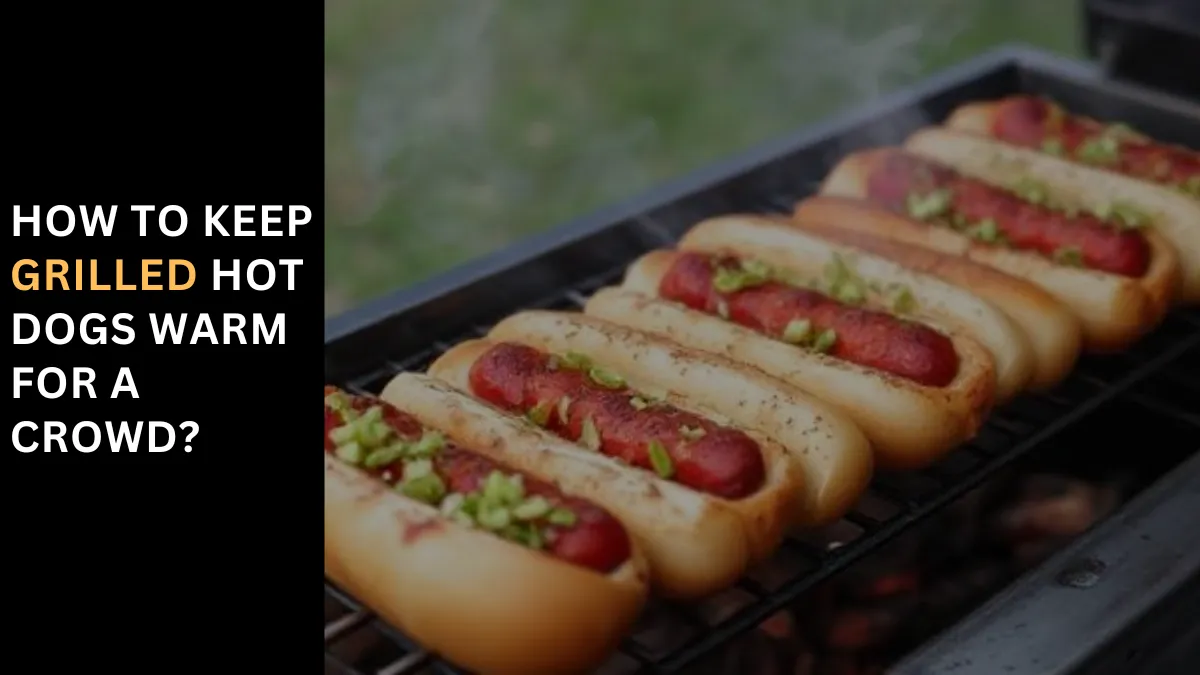How to Grill Fajita Meat on Gas Grill?
Learned Fajita Marinade
When I first discovered the fajita marinade in Robb Walsh’s “The Tex-Mex Grill and Backyard Barbacoa Cookbook,” I was genuinely surprised by its unique ingredients.
The use of pineapple and soy sauce in a traditional Mexican recipe seemed unconventional, yet it perfectly embodies the essence of Tex-Mex cuisine – a harmonious blend of flavors from both sides of the Norteno border of Mexico and the US.
My journey into cooking grilled beef fajitas began in my backyard, far from any Tex-Mex restaurant or Mexican restaurants across America. The key to the perfect marinade lies in the pineapple juice. This tropical fruit contains an enzyme called bromelain.
A proteolytic agent that breaks down protein. It adds not only an unexpected hint of sweetness but also tenderizes the steak. The soy sauce, on the other hand, injects an intense umami flavor, enhancing the beefiness of the meat.
Ingredients
Steak Fajita Marinade
When it comes to making the perfect Fajita, the secret lies in the Marinade. My go-to recipe includes steak, ideally, flank steak about 1.5 lbs and 1-inch thick. You can also substitute with skirt steaks or flat iron steaks if preferred.
The marinade is a blend of pineapple juice, soy sauce, and Worcestershire sauce for that umami depth. The zest and juice of a lime, finely grated with a microplane, along with freshly minced garlic, add the necessary zing and aroma.
Marinate the Beef
For the perfect Fajitas, start by marinating the beef. Mix your marinade ingredients and put aside a portion for later use. Pour the rest of the marinade into a gallon zip-top bag and add your flank steak.
Carefully squeeze out any excess air and let the steak marinate for anywhere between 30 minutes to 2 hours. The pineapple in the marinade ensures the meat becomes wonderfully soft and infused with flavor.
Prep the Vegetables
Next, prep the vegetables. Core and seed your bell peppers, cutting them into 3 to 4 large, flat pieces. Slice the sides of the onion into ½-inch thick slices and sprinkle with 1 teaspoon of salt. For those who enjoy a bit of spice, serrano peppers and jalapeno peppers can be grilled whole to add an extra kick to your fajitas.
Preheat the Grill for Direct Medium Heat (350°F)
For a successful fajita feast, start by preheating your grill to direct medium heat, aiming for around 350°F. If you’re using a Weber Summit, set the burners to high for 10 to 15 minutes, then brush the grill grates clean and turn down the heat to medium.
Next, take the flank steak out of the marinade, letting any excess marinade drip off. Place the pepper planks and hot peppers on the hot grill over direct heat. Use a 3-3-3-3 pattern, grilling each side for 3 minutes with the lid closed on a gas grill.
Flip and turn the steak 90 degrees to create beautiful crosshatch grill marks. Grill until it reaches an internal temperature of 125°F at the thickest part, as measured with an instant-read thermometer, for medium doneness.
Transfer the steak to a baking dish or large bowl, and pour about ¼ cup of reserved marinade over it to coat and let it rest. Meanwhile, toast the tortillas on the grill for the perfect finish.
Toast the Tortillas in Batches
Slice, Serve, and Enjoy
Toast your tortillas on the grill for that authentic touch. Brush the grate clean with a grill brush, then lay the tortillas in a single layer. Allow them to toast for about 30 seconds to 1 minute until you see light grill marks on the bottom.
Flip them to toast the other side, watching as they puff up slightly. Keep the warm tortillas wrapped in a cloth towel while you repeat the process in two to three batches, depending on the size of the grill.
Once done, remove the serrano and jalapeno peppers from the grill into a bowl. Peel off any blackened skin, then slice them thin and move to a small serving dish. Cut the bell peppers into ½-inch thick slices and slice the onion into rings or halves.
Toss them back on the grill briefly to coat them with the marinade before moving them to a platter. Remove the flank steak and slice it lengthwise and then crosswise into as long pieces as possible. Pour any juices from the cutting board over the steak. Serve everything together and enjoy your homemade fajitas.
Equipment
When it comes to grilling a lot of food at once, bigger is better. I love my extra-large Weber Summit gas grill for this reason. The extra space not only helps with a recipe like this but makes the whole experience more enjoyable.
Variations in Fajitas
Chicken Fajitas
For a twist on the traditional Fajitas, you can replace the flank steak with pounds of boneless, skinless chicken breasts. The cooking time remains largely the same, ensuring a seamless transition from beef to poultry without compromising on flavor or grilling technique.
Real Fajitas
When aiming for authentic Fajitas, opt for skirt steak, which holds a special place in Spanish cuisine. To use skirt steak instead of flank, adjust the cooking time. Cook for fewer minutes, rotating and flipping each side for even grilling. Since it’s thinner, it requires less time to reach the perfect level of doneness.
What to Serve with Grilled Beef Fajitas
Tips and Tricks
When serving grilled beef fajitas, my favorite toppings include classic salsa and sour cream. Shredded lettuce adds a crisp texture, while a squeeze of fresh lime elevates the flavors.
My kids love the addition of generic Mexican cheese from the grocery store, but for an authentic touch, try crumbled Queso Fresco. As for side dishes, Rice and Cilantro Refried Beans are my go-to choices to complement the fajitas.
Cooking on a smaller grill
Cooking on a smaller grill like a Weber Summit? No problem. It helps to work in batches due to the limited surface area. Start with the beef, then move on to the peppers and onions. As these soften, get your tortillas ready.
Use a meat thermometer
Don’t forget to use a meat thermometer when grilling fajitas. It’s the best way to ensure your meat is just pink in the middle. Measure the temperature, aiming for 125°F for internal rare doneness. For medium-rare, cook to 115°F, and for medium, aim for 120°F.
People also ask
How Hot Should Grill Be for Fajitas?
For the perfect fajitas, it’s crucial to get the grill temperature just right. Whether you’re cooking meat or vegetables, I’ve found that a grill heated to around 450 degrees F is ideal. Before grilling, I like to toss the meat and vegetables in a bowl with fajita seasoning.
Then, I wrap them in foil packets, carefully sealing the edges to lock in the flavors. Place these packets on the grill and cook for a few minutes, allowing the high heat to perfectly char the ingredients while retaining their natural juiciness.
How to cook fajita meat tender?
A key trick to achieving tender fajita meat is how you cut the beef. Always slice against the grain. This slicing technique helps tenderize the meat significantly. When looking closely at the steak, notice the direction of the fibers and slice perpendicular to them.
Additionally, a good marinade is vital. Use acids like citrus juice or vinegar in your marinade, which aid in breaking down the fibers of the beef, making it more tender and flavorful. These simple yet effective methods transform your grilling experience, ensuring tender and juicy fajitas every time.
How Long Do Fajitas Rest After Grilling?
Once you remove the steak from the grill, a crucial step follows: letting it rest. I usually wait for about ten minutes before slicing. This resting period allows the juices to settle, ensuring each slice is succulent and flavorful. My friend Josh, an avid griller, typically cuts the rested steak into strips and then assembles the fajitas.
He adds tons of yummy toppings to enhance the flavor. We always serve these delicious fajitas with either flour or corn tortillas, depending on everyone’s favorite. This simple yet effective resting technique makes a noticeable difference in the tenderness and taste of the fajitas.
What temperature do you cook beef fajitas?
When grilling beef fajitas, the ideal temperature is 135-140°F. Sear your flank steak over direct heat for a few minutes on each side. Then, move it to indirect cooking and wait until the internal temperature reaches this range. Always remember to let it rest after cooking to ensure juiciness and flavor distribution.



